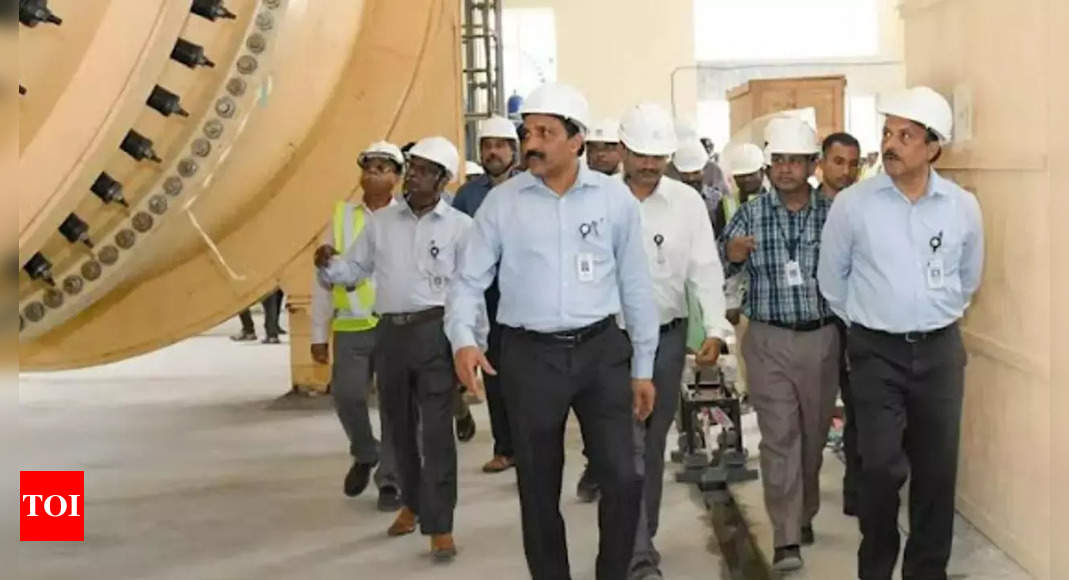Swesh
New Member
- Joined
- Jan 12, 2020
- Messages
- 3,520
- Likes
- 12,185
@WarmongerLSKSome clearity on information

Isro completes 1st blow down test of Trisonic Wind Tunnel; Hypersonic Vehicle trials | India News - Times of India
India News: BENGALURU: The Indian Space Research Organisation (Isro) completed the first blow down test of the newly installed Trisonic Wind Tunnel at the Vikram .m.timesofindia.com
The Indian Space Research Organisation (Isro) completed the first blow down test of the newly installed Trisonic Wind Tunnel at the Vikram Sarabhai Space Centre (VSSC), the space agency’s lead rocketbuilding agency, on Thursday.
Trisonic Wind Tunnel is a system to aid aerodynamic design of rockets and re-entry spacecrafts by characterising a scaled model by evaluating
forces, moments, load distribution, unsteady pressures, acoustic levels etc
Arguing that this is a major step towards India’s increasing self-reliance in the aerospace sector, Isro said: “The tunnel has an overall length of about 160m and has a maximum cross section of 5.4m. The tunnel can be used for testing various space vehicles in three flight regimes below the
speed of sound, at the speed of sound and above the speed of sound — hence the name trisonic wind tunnel.”
It added that the tunnel can simulate flight conditions from 0.2 times the speed of sound (68 m/s) to 4 times the speed of sound (1360 m/s).
“The huge structure was built with several hundred tonnes of steel and was implemented through Tata Projects India Ltd in association with Aiolos Engineering Corporation, Canada and fully realised by industries across India, including Walchandnagar Industries, Pune, Acoustic India, Tiruchirappalli, Artson Engineering, Nashik, Summits Hygronics, Coimbatore, Hydrocare Fluid Power Systems, Bengaluru and Siemens Energy, Ahmedabad,” Isro said.
In a tweet unrelated to the wind tunnel, Isro said the space agency along with agencies from the three armed forces, jointly conducted Hypersonic vehicle trials.
“The trials achieved all required parameters and demonstrated Hypersonic vehicle capability,” Isro said, without divulging any more details of the project.


